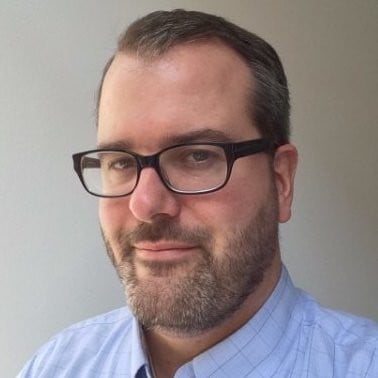Good news, O'Reilly has just completed the Second Printing of Maven: The Definitive Guide. Aside from some typos and some small updates to the test, there is not much a difference between the first edition and the second edition, and I feel confident that the core concepts of Maven and the introductory material in the book will age well over time. Whenever a publisher decides to publish a book on a fast moving topic like Maven they always ask you to justify how the content will age. Will it grow quickly irrelevant? Or, will the content remain viable for a few years?
With Maven: The Definitive Guide, I'm convinced that the core material... the lifecycle, binding plugin goals to lifecycle phases, plugins. All of these things are mature concepts which are not likely to be deprecated in future versions of Maven. While the Maven team continues to evolve with projects like Mercury and Tycho, the core of this pivotal tool remains a solid bedrock for this documentation effort. No one is going to "reinvent" the idea of the Lifecycle during the transition between Maven 2.0 and Maven 3.
If you haven't picked up a copy yet, buy one from Amazon. I tend to find it easier to just pick up a book and read it away from the computer and away from the distractions of twitter and email. There's also something about being able to dog-ear and highlight a physical book that cannot be replicated on a computer screen.

Thanks to all of the people who purchased a copy of the book, and thank you to all of the people who have taken the time to report issues and suggestions to our GetSatisfaction page for the book.





